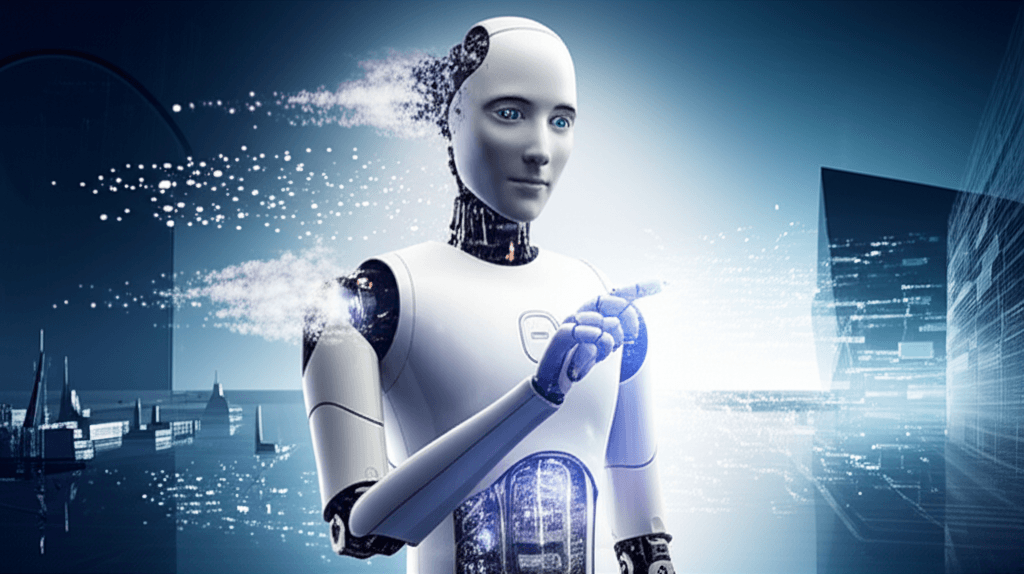Google DeepMind's On-Device AI Unchains Robots from Cloud Dependence
DeepMind's on-device AI frees robots from cloud reliance, enabling unprecedented speed, autonomy, and privacy for real-world tasks.
June 25, 2025

Google's DeepMind division has unveiled a significant advancement in the field of autonomous systems with the introduction of Gemini Robotics On-Device, a powerful artificial intelligence model that runs directly on a robot's own hardware.[1] This development marks a pivotal shift away from the industry's reliance on cloud computing, enabling robots to operate with greater speed, reliability, and privacy.[2][3] By processing data locally, robots are no longer tethered to an internet connection, a move that unlocks their potential for use in a vast array of new environments and applications where connectivity is unreliable or nonexistent.[4] The new model is an optimized version of the Gemini Robotics architecture released earlier in the year and is designed to bring sophisticated reasoning and dexterity to robots without the latency inherent in cloud-based systems.[5][6] This leap forward paves the way for a future of more independent and adaptable machines, capable of performing complex, real-world tasks in homes, factories, and even off-world locations.[3][7]
The primary advantage of on-device processing for robotics is the elimination of dependence on network connectivity.[2] Traditionally, complex AI models required the immense computational power of cloud servers, meaning robots had to constantly send sensor data and receive instructions over the internet.[1] This reliance created significant challenges, including latency, which is the delay between sending and receiving data.[6] In dynamic situations that require split-second decisions, such as navigating a cluttered factory floor or assisting in a medical procedure, this lag can be a critical point of failure.[6] Gemini Robotics On-Device resolves this by running the entire vision-language-action (VLA) model—which allows the robot to see, understand language, and act—locally on the machine's embedded GPUs.[1] This ensures continuous and robust operation in areas with intermittent or zero connectivity, such as in remote agricultural fields, disaster zones, or even during space exploration.[2][8] Furthermore, processing data locally enhances privacy and security, as sensitive information does not need to be transmitted to external servers, a crucial consideration for applications in healthcare or home assistance.[3][9]
Google's on-device model demonstrates impressive capabilities in general-purpose dexterity and task generalization. Engineered to require minimal computational resources, the system is designed for bi-arm robots and excels at intricate manipulation tasks.[10][11] In demonstrations, robots running Gemini Robotics On-Device have been shown folding clothes, unzipping bags, and assembling industrial components—all tasks that require fine motor control and the ability to handle previously unseen objects.[10][12] A key feature is the model's adaptability. It is the first VLA model from Google that developers can fine-tune for specific applications.[13][14] The system can learn new skills with a remarkably small amount of data, requiring only 50 to 100 demonstrations to generalize its knowledge to a new task.[4][12] This rapid adaptation dramatically reduces development time and makes it practical to deploy robots in a wide variety of settings.[1]
The implications of this technological shift are far-reaching and signal a maturing of the AI and robotics industries. While initially trained on ALOHA robots, the model has been successfully adapted to other platforms, including the bi-arm Franka FR3 robot and Apptronik's Apollo humanoid, proving its versatility across different hardware.[10][14][12] The release of a corresponding Software Development Kit (SDK) empowers the broader robotics community to experiment with and build upon this technology, accelerating innovation.[11] This move is part of a larger trend toward edge AI, where computation is moved closer to the source of data.[1] It positions Google in a competitive landscape alongside other major players like Nvidia, which is developing its own AI for humanoid robots.[5] The development suggests a future where robots are not just tools but intelligent, autonomous partners capable of operating safely and effectively in complex, human-centric environments.[5][15]
In conclusion, the launch of Google DeepMind's Gemini Robotics On-Device represents a fundamental step toward creating truly autonomous robots. By severing the reliance on the cloud, this technology addresses critical barriers of latency, connectivity, and privacy that have long constrained the deployment of intelligent machines.[2][6] The model’s demonstrated dexterity, combined with its ability to learn new tasks quickly and adapt to different robotic forms, opens up a new frontier of applications in manufacturing, logistics, healthcare, and beyond.[3][8] As this on-device intelligence becomes more widespread, it promises to usher in an era where robots are more reliable, responsive, and seamlessly integrated into the physical world, bringing the vision of intelligent, autonomous systems closer to reality.[5]